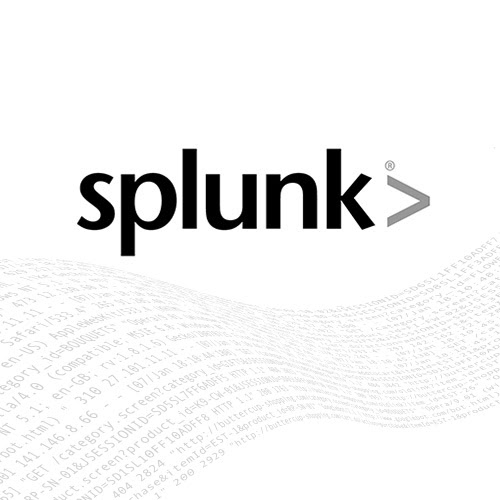Splunk for Insights: A Data-Driven Journey
In today’s data-driven world, organizations are faced with a monumental challenge: how to harness the vast amounts of data they generate and collect to gain actionable insights. Splunk, a powerful data analytics and visualization platform, is emerging as a game-changer in this regard. In this blog, we’ll take you on a data-driven journey and explore the world of “Splunking” for insights.
Chapter 1: The Splunk Basics
Before we dive into our data-driven journey, let’s start with the basics. What exactly is Splunk, and why is it essential for organizations seeking insights?
Splunk is a versatile platform that specializes in collecting, analyzing, and visualizing data. It can ingest data from various sources, including logs, metrics, and machine-generated data, and then turn this raw data into meaningful insights. Its capabilities extend to real-time data monitoring, alerting, and dashboard creation.
Chapter 2: The Power of Data Collection
In our data-driven journey, the first step is to collect data. Splunk offers a wide range of data collection methods, making it easy to centralize data from diverse sources. Whether it’s server logs, application performance metrics, or sensor data from IoT devices, Splunk can ingest it all. This comprehensive data collection process lays the foundation for gaining insights.
Chapter 3: Data Parsing and Indexing
Splunk excels in parsing and indexing data, which is critical for efficient data retrieval and analysis. During this stage, data is structured and made searchable, ensuring that organizations can quickly access the information they need. Splunk also allows you to define custom data parsing rules, making it adaptable to your specific needs.
Chapter 4: Searching and Querying
With data collected and indexed, it’s time to start searching and querying. Splunk’s search processing language (SPL) allows you to run complex queries to filter and extract meaningful information from your data. Whether you’re troubleshooting an issue, analyzing trends, or searching for specific events, Splunk’s search capabilities make the process efficient and effective.
Chapter 5: Real-Time Monitoring and Alerting
One of Splunk’s most valuable features is its real-time monitoring and alerting capabilities. Organizations can set up alerts to notify them of specific events or anomalies as they happen. This proactive approach to data analysis enables rapid response and mitigation, which is especially critical for security and operational purposes.
Chapter 6: Visualization and Reporting
Data is most impactful when it’s presented in a visually digestible format. Splunk offers a range of visualization options, from simple charts and graphs to more complex dashboards. These visual representations help stakeholders understand data trends, performance metrics, and anomalies, making it easier to make informed decisions.
Chapter 7: Building a Data-Driven Culture
As organizations continue their Splunk journey, they’re not just investing in a platform; they’re building a data-driven culture. Employees become more aware of the importance of data, how to access it, and how to use it effectively. This cultural shift has a profound impact on decision-making, problem-solving, and overall business operations.
Chapter 8: The Benefits of Splunking
Our data-driven journey with Splunk has revealed numerous benefits:
- Improved Troubleshooting: Quick identification and resolution of issues.
- Enhanced Security: Real-time monitoring for security threats and breaches.
- Operational Efficiency: Streamlined processes and reduced downtime.
- Predictive Analytics: Data-driven insights for future planning.
- Cost Savings: Effective resource allocation and waste reduction.
